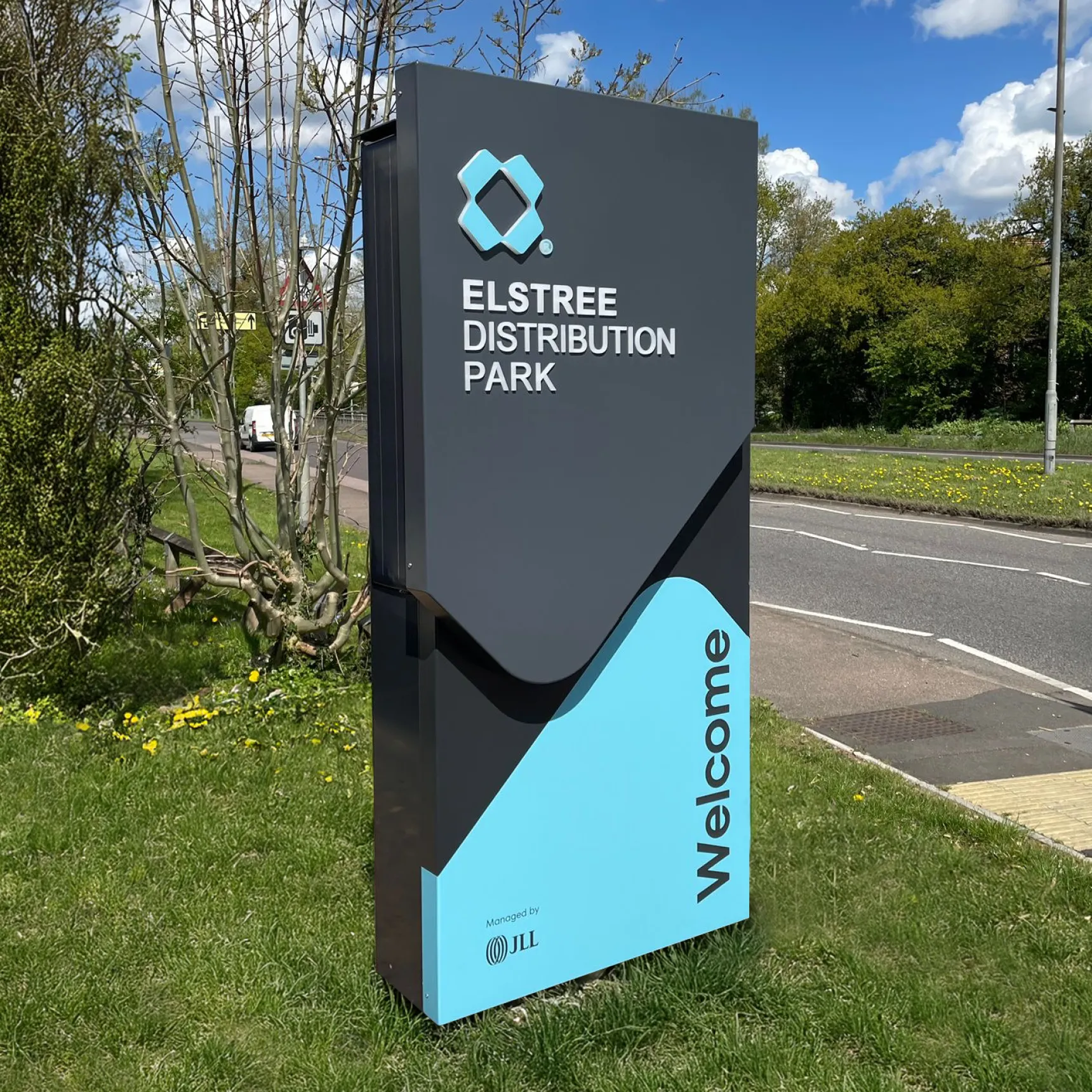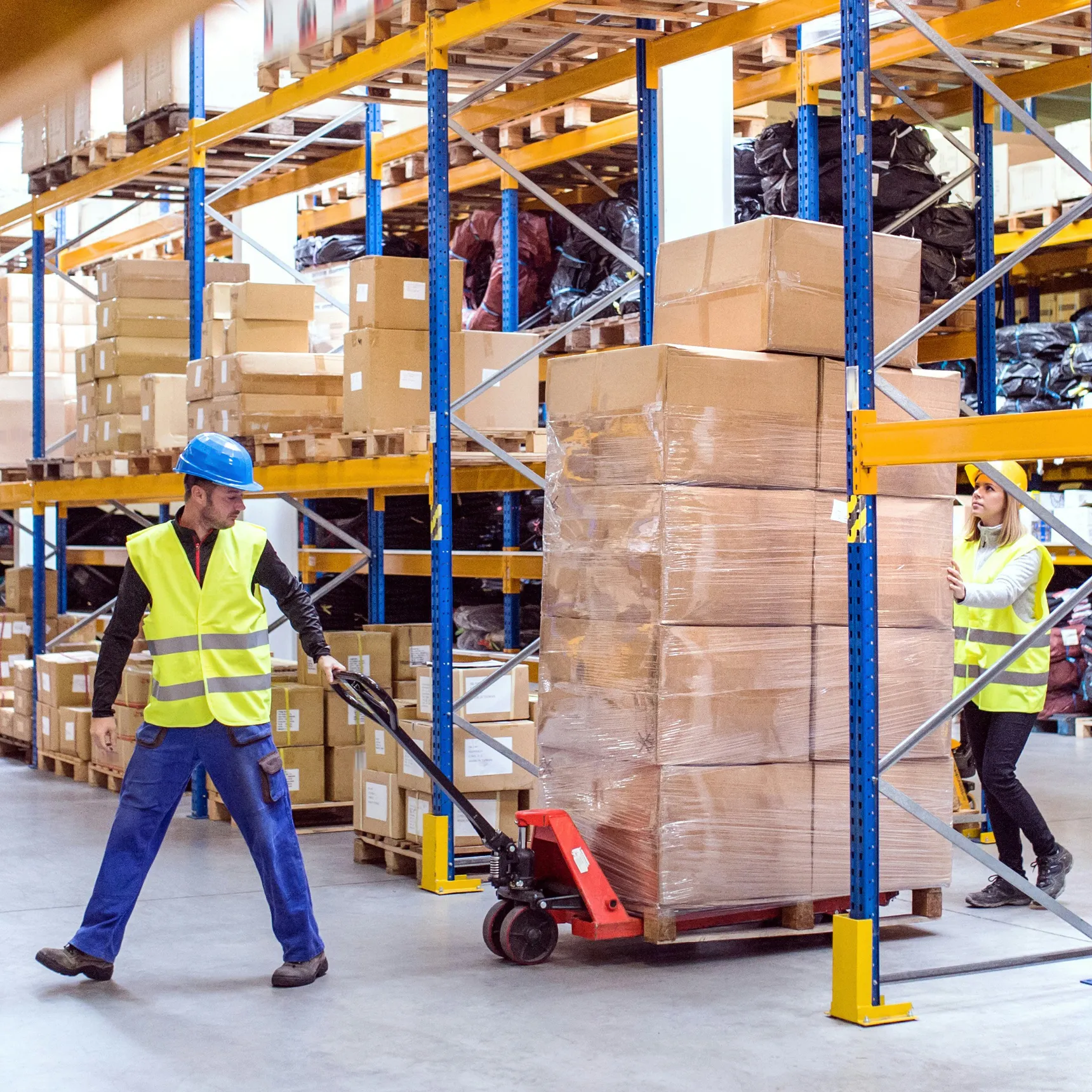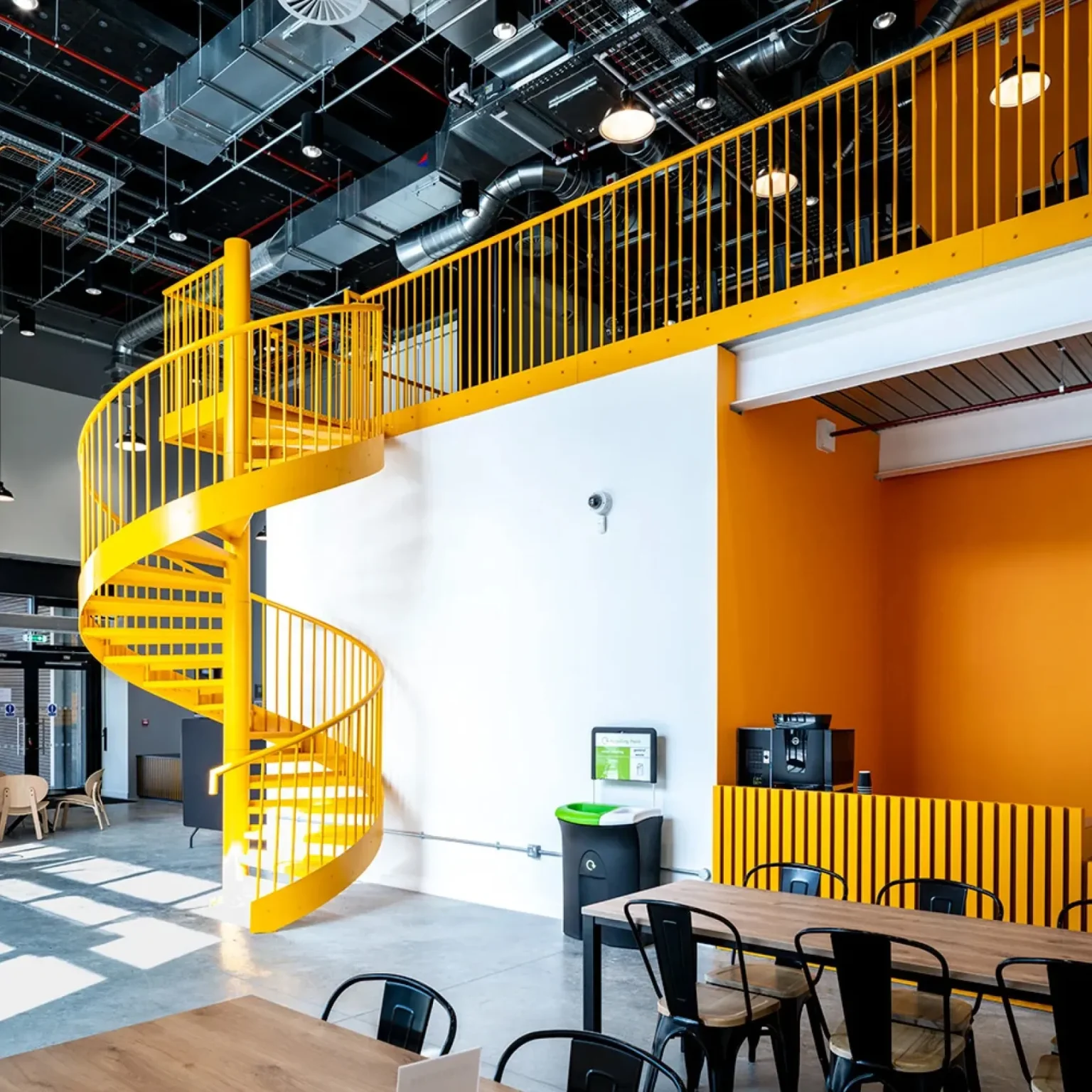The Industrial Evolution
By murad bushnaq
Senior marketing manager

Space that means business
Industrial estates have evolved well beyond their original function. What were once purely practical spaces are now bring reimagined as dynamic, people-centred environments that reflect the changing priorities of landlords, communities, occupiers and their teams. This shift – something I call the “Industrial Evolution” – isn’t just about better design, it’s a deliberate, and strategic step forward to future-proofing commercial real estate.
The Value of Evolving
Today’s occupiers and workforce have higher expectations of their work environments. They’re looking for spaces that inspire productivity, foster well-being, and align with their values – not just within their immediate workspaces, but throughout the entire estate as a whole. This shift extends to industrial and logistical environments as well. In recent years, these spaces have become the forefront of changes in how estates are designed, rebranded, and managed.
Another key element lies with environmental and social factors which are increasingly influencing leasing decisions, and unsurprisingly, property values. In a land-tight market such as the UK, with communities scrutinising new developments in many areas, upgrading existing industrial assets is essential for long-term success – those that fail to evolve with the times and needs of their key customers, in Industrial terms, the occupiers, risk having a “Kodak” moment – becoming obsolete in a fast moving market, whereas those embracing changes see increased occupancy rates, higher tenant satisfaction, and improved values.

The Power of a First Impression
First impressions are lasting impressions, right? A brand has become a key element of any industrial estate today. Getting this right hinges on the understanding of the asset’s purpose, its occupiers, the local area and the community it sits within – all of which lays the groundwork for marketing and shapes each property’s unique identity. Which means, what was once considered purely functional – like signage – is now transformed into a powerful brand and place communication tool, while also enhancing wayfinding and movement across the site. It’s about reimagining spaces to better reflect occupiers’ needs, improving perception, and creating an environment that naturally appeals to the right tenants.
The Bright Way Forward
As the industrial sector evolves, sustainability is becoming a key factor that differentiates one asset from the next. One impactful innovation is the integration of solar-powered technology, particularly when it comes to illuminating key signage across the estate.
This type of signage offers multiple benefits; it enhances visibility (especially for sites with a 24/7 footprint, and not to mention, daylight hours being limited for much of the year, elevates the signage to another level, but most importantly, it does this while aligning perfectly with growing ESG goals. Another step in the right direction: Innovation? Yes. Appealing Design? Yes. Carbon Footprint? Lowered. A simple approach to showcase a collective commitment to innovation and the environment but also contributing to the overall value proposition of the property.
The New Frontline – The Leasing Playbook
With competition in the market at an all-time high, a robust and multi-pronged approach to leasing is key to the success of industrial assets. An approach that not only streamlines the process but also equips leasing agents with an arsenal of impactful tools to showcase the site, and creates an avenue for humanising an asset, and generating organic interest and leads.
Both customers and prospective tenants share a common trait in this digital age: thorough online research prior to making initial contact. While this may seem as judging a book by its cover, it’s a part of the decision-making process – we’re all human at the end of the day, and when it comes to higher rental investments such as industrial estates, it’s no surprise that this is the first point of call for most. Recognising this, it’s crucial for individual estates and business parks to establish a strong digital presence.
Websites serve as the “digital face” for properties – they provide tenants with all the information they need in an engaging, accessible, and shareable format. Featuring high-quality imagery and videography, these set clear expectations for their experience at the physical location.
Leasing Brochures are the tangible resource for both the leasing agents and potential occupiers. Though traditional in nature, these brochures, when coupled with the striking brand and imagery, highlight the key features of the property and everything that makes each asset truly desirable.
However, we can’t forget about the power of social media, and how it’s one of the newest, and easiest ways of getting your message directly into the hands of your desired audience:
LinkedIn is ideal for reaching decision-makers and creating a professional network around the industrial estate – it’s perfect for sharing insights, tenant success stories, and highlighting the estate’s business-oriented features.
Facebook and Instagram on the other hand allow for a more laid back, storytelling and visual approach, “humanising” the asset through behind-the-scenes content, employee spotlights, and community, occupier engagement initiatives and much more.
The People Behind the Place
One of the most exciting shifts in the UK property landscape is the heightened emphasis on community and occupier engagement – not just as a “nice to have,” but as a critical driver of long-term value, a retention tool, a source of loyalty, and a reputational asset. Industrial spaces aren’t just places to work, store goods, or a depot base – they’re becoming part of a wider local story. When landlords actively invest in creating that sense of place, it helps connect these sites to their surrounding communities, improves public perception, and builds strong relationships with those who use them every single day.
For occupiers, it’s about more than just space. It’s about feeling supported, listened to, and part of a well-managed environment that gives back to the local community, and offers the added value element for the modern business. That kind of engagement pays off – not only in better leasing results, but in higher satisfaction ratings, positive word of mouth, and longer-term tenancies – all of which signal a healthy, engaged, and inspiring environment to the community, and prospective tenants.

Value that Lasts
These improvements – whether in branding, sustainability, design or engagement – don’t just enhance the day-to-day experience; they deliver long-term commercial value as well. We call this “Future Proofing Your Estate.” Properties that evolve with changing tenant expectations are better positioned to attract and retain premium occupiers, demand higher rents, and minimise void periods.
There’s growing recognition across the sector that traditional industrial assets can no longer rely on location and function alone – it just doesn’t cut it anymore. Sites that have a clear ESG strategy, thoughtful community integration, great amenities and a strong sense of identity are seeing increased interest from modern businesses. That’s the end goal, right?
So, in a market where reputation, perception, and performance are now closely linked, these strategic upgrades add longevity – protecting value and accelerating growth. That’s not just future proofing, it’s good business.

The Future
The Industrial Evolution isn’t just a phase, it’s a mindset. It demands continuous creativity, attention to detail, and a deeper understanding of how places have a great influence on people and businesses.
We’re now in an era where industrial estates are judged not just by location and capacity, but on identity, experience, and their role within the local community fabric. The best performing assets are those that evolve holistically – bringing together the elements we’d discussed as one cohesive package offered to occupiers, businesses and community members.